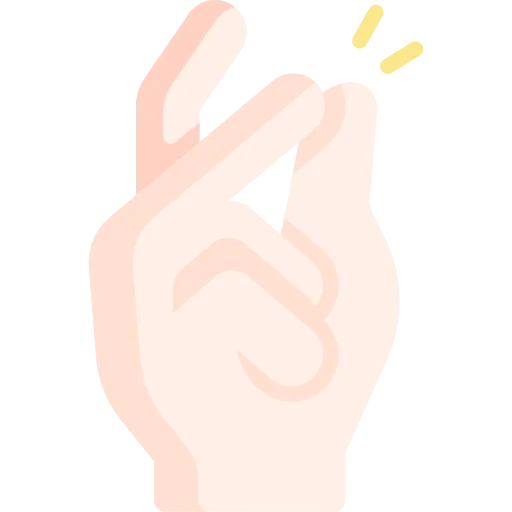Before you go out and treat your property for termites you should know where they come from. You’ll find that they can live in a variety of habitats from drywood to subterranean. There are several common types of termites including the swarmers and queen. Read on to find out how to treat them. Also you’ll learn about what to look for when you’re dealing with these pests.
Subterranean termites
The most common fungus found in houses is subterranean termite dung. This termite has a complex social structure with several different levels of caste: workers soldiers reproductives and the king. The reproductives are responsible for mating populating the colony and they often live for several years. A few swarmers will leave evidence of their activity near baseboards along perimeters of a home and on surfaces such as concrete and wooden beams.
A common source of subterranean termite food is wood cellulose and fiber. Subterranean termites mainly feed on wood especially brush and are the most common species found in the United States. They live in mud tubes and can penetrate wood but they can also enter a structure through cracks. Termites that live underground can cause considerable damage to a home and they should be treated right away.
The subterranean termite has a distinctive mud tube that they use for travel. They live in dark moist places and can colonize a building covering one acre. These termites eat wood twenty-four hours a day and if left untreated they can cause a total collapse of the building. They are widespread and occur in most states except for Alaska. There are three distinct castes of subterranean termites.
A licensed pest management professional will need to inspect the structure of a home before a treatment can be administered. Most homeowners will not know they have a subterranean termite problem until there is a deteriorated piece of wood. Often subterranean termites are only discovered when significant damage is detected during a real estate transaction. Other signs of subterranean termite infestation include uncovered wood during a room remodel shelter tubes and flying insects. These insects are extremely cryptic and they can be hidden behind walls in slab foundations or in crawlspaces.
Drywood termites
Termites that inhabit drywood are difficult to detect and determine the extent of damage. As a result most homeowners are unable to treat them. In addition there are no home treatments for drywood termites with the exception of wood removal. Nonetheless Clark Pest Control is equipped to assess the damage and provide a treatment plan that meets your needs. This publication is designed to provide basic background information about drywood termites and the treatment options available.
The main difference between drywood and subterranean termite colonies is their size. In drywood colonies typically have only a few hundred or thousand members. They can take many years to reach their full size but once they do they are able to produce swarmers which are future kings and queens. The swarmers typically emerge in late autumn or early winter and start new colonies.
The dark western drywood termite is the most destructive species of drywood termites in the United States. They can damage any dry wood structure including furniture and structures. In fact the western drywood termite is the most common structure-infesting termite in Florida. Its hexagonal fecal pellets are orange-brown and its soldiers have a smoky tinge to their wings.
One of the easiest ways to identify a drywood termite colony is by observing the droppings around the infested area. These insects make temporary openings and push out their fecal material from them. These holes are often resealed. The fecal material they excrete are a fraction of an inch long and resemble salt and pepper. A magnifying lens is necessary to observe these small pellets.
Swarmers
Termite swarming is a natural part of the lifecycle of a termite colony. It occurs when an existing colony reaches its maximum size. Termite swarms are comprised of both males and females and can range from a few thousand to a million. These winged termites disperse through wind and fly to new locations. The number of swarmers will depend on the species of termites the size of the existing colony and the climate of where they live. Formosan termite colonies produce swarmers in the thousands sometimes as many as 70000 at a time.
Subterranean termite swarmers are smaller in size and have narrower wings than their drywood counterparts. They live underground in mud tubes created by the soldiers. Termite swarmers will eventually die off when the colony is too large. However the swarmers that do survive can be the most dangerous type of termite infestation so it’s important to identify them early.
While drywood termites usually have underground colonies there are also subterranean species that swarm in the air. These termites are most common in the western United States and have also become established in New Orleans Mississippi and Louisiana. Infestations of drywood termites in the state are associated with the movement of infested furniture but other species are occasionally encountered including West Indian drywood termites.
A newly-founded colony can take up to three or four years to mature and produce swarmers. The queen of a newly-founded colony can lay from zero to twenty-two eggs in the first year. Termite swarmers can be seen in homes with wooden furniture hardwood floors or wooden studs. In addition to swarmers the swarmers can also be found on wooden floors and in the attic.
Queen termites
Once a colony forms the queen can no longer care for herself. She must be fed by workers who pass food from mouth to mouth. During these feeding periods the queen learns about the activities of the colony. The workers transmit complex chemical messages with the food they pass. Queen termites produce pheromones that prevent other females from reproducing. If the queen dies the workers carry her pheromones to other colonies.
The female reproductive termites are slow fliers although they will fly a short distance before chewing off their wings. They then dig a cell in wood or the ground to start a new colony. The queen lays six to twelve eggs but the number increases as the colony grows. At its first year a female termite lays fewer than 100 eggs. After that the egg-laying activity of the colony increases significantly. Over the course of several years the queen can lay thousands of eggs a day.
The workers will show you where the termite nest is. If the nest is in a tree or ground you can hack the tree or dig it up. However if the termites feel threatened they will leave the nest if the conditions are near-perfect. The queen termite is the real monarch in her colony and will only leave the colony when it feels safe. In other words the queen is like a goddess to the termites.
Termites are also remarkably long-lived creatures. While workers live for only a few months the queen may live up to 20 years and even longer. This is because the workers and queens only reproduce when the workers have no hope of producing offspring. Molecular studies of termites have identified genes that control the length of the reproductive stage. While the exact role of these genes is unclear they are likely involved in the regulation of fatty acid biosynthesis.
Worker termites
Worker termites are often invisible but they can cause extensive damage to buildings and homes. They often live in wood and will produce fecal pellets that are the color of the wood. Worker termites emerge from their colonies after several years and populate larger colonies. Their colonies are always moist as they don’t thrive in dry wood. The best way to tell if you have termites in your house is to check it with a modest magnification.
Worker termites are the darkest adults in the colony. They have a mild courtship dance. Once they find a mate they shed their wings and begin the colony. Once the queen lays eggs they begin producing new ones round-the-clock. Workers are the smallest immature termite type. They are transparent white and lack eyes. The soldier is the largest and has massive mandibles dark pigmentation and is used for defense.
Subterranean Termites also exist in buildings. They live underground in soil near wooden structures. They feed on wood and products containing cellulose. Their wings are absent so they have to live on the soil to survive. Subterranean termites live underground and often enter buildings through minute cracks. These critters need constant moisture in order to survive. In addition to their ability to enter structures they can also enter through concrete or expansion joints.
Adult reproductive termites are the most dangerous. These are called king and queen termites although they are not a threat to property. They feed off the other termites and build chambers and tunnels. In normal infestations you will likely never see these nymphs. They are hidden within the colony where they await to become worker termites. This way they can go undetected by most predators.




